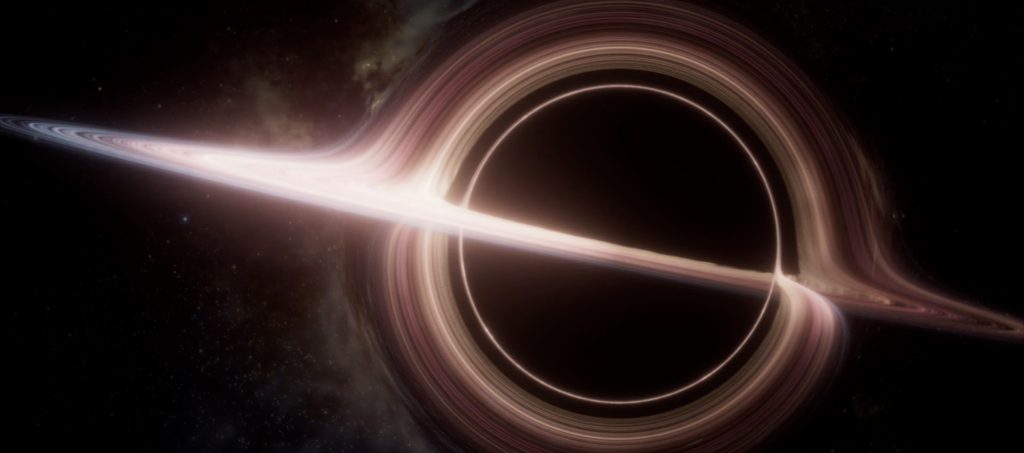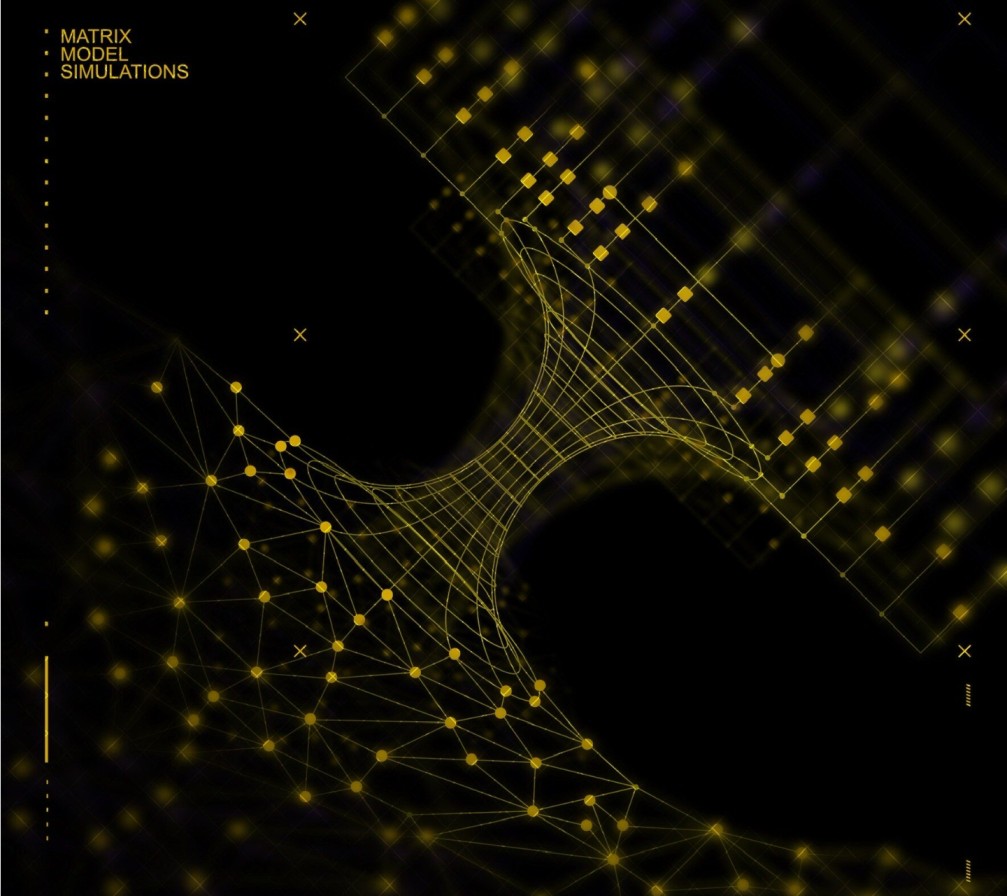
Black holes are perhaps the most enigmatic objects in the universe. These cosmic vacuum cleaners trap anything that crosses their threshold, including light. But have you ever wondered what’s inside a black hole? What actually lies within a black hole? Is it an endless abyss? A singularity? Or perhaps something stranger still? Today, let’s dive into this cosmic riddle in a way that’s both accessible and mind-bending.
Understanding the Basics: Event Horizons and Singularities
Before exploring the mystery, we need to define two key terms: the event horizon and the singularity. The event horizon is the invisible boundary around a black hole, once you cross it, there’s no turning back. It’s not a physical surface you can touch, but it marks the point where escape velocity exceeds the speed of light.
Journey further inside, and you approach the singularity, a point (or perhaps a tiny region) of infinite density where current physics breaks down. Einstein’s equations predict this mathematically, but in reality, those infinities suggest the theory reaches its limits. At that singular point, space-time curvature becomes infinite, and our known laws cease to apply.
So, in one sense, all that’s “inside” a black hole is this mysterious singularity cloaked by the event horizon. But modern science hints there might be deeper layers to this puzzle.
Information Paradox: Does Anything Really Disappear?
One of the thorniest puzzles surrounding black holes is the information paradox. Quantum mechanics tells us information can’t be destroyed. But if a star collapses into a black hole, its information seems to be swallowed forever. And when the black hole eventually evaporates through Hawking radiation, where does all that information go?
Some theories propose a way out: information is holographically encoded on the event horizon rather than lost at the singularity. Thanks to insights from quantum computing simulations and holographic duality, researchers like Enrico Rinaldi at the University of Michigan are peering into how surface-level data could describe interior properties.

Another proposal suggests black holes might be connected to new universes or that their interiors end in a “firewall” rather than a singularity. These ideas offer fascinating alternatives to the classic picture.
The Holographic Principle: A 2‑D Window
Enter the holographic principle, a radical idea that the 3D interior of a black hole (or even our universe) could be fully described by information on its 2D boundary. It sounds like science fiction, but it’s taken very seriously in theoretical physics.
Quantum simulations and matrix models show how gravitational behavior inside might correspond to particle behavior on the surface . In this view, what lies inside the black hole is equivalent to a complex quantum “hologram” encoded on the event horizon. And if this holds true, then maybe no singularity lurks within at all—just layers of encoded information.
Can We Ever See What’s Inside a Black Hole?
The short answer: not directly. By definition, nothing, including light, that crosses the event horizon can reach us. Our only glimpses come from indirect signals. One is Hawking radiation, a faint glow theorized to escape from the black hole’s edges.
Another advance is gravitational-wave astronomy, pioneered by LIGO and Virgo. These observatories detect ripples when black holes collide. Analyzing these signals may eventually reveal clues about their interiors—perhaps even signs of quantum structures near the singularity.
Researchers are scrutinizing features like “echoes” and energy absorption patterns in these waves, which could betray the presence of exotic interiors or confirm quantum gravity hints.
Theories Beyond Einstein: Firewalls, Fuzzballs, and Bounces
Einstein’s general relativity gives us the framework for black holes, but new physics hints at alternatives. For example, the firewall hypothesis suggests the event horizon might be a searing barrier destroying anything that enters, preventing information from ever reaching a singularity.

Then there’s the fuzzball theory from string theory, where everything falling in becomes a fuzzy mass of strings, no singularity, just entangled strings vibrating infinitely.
Other cosmological ideas imagine that black holes might spawn new universes from “bounces” at their center, making each one a potential Big Bang in another space-time.
None are confirmed, but they highlight the sheer creativity and depth of modern physics grappling with black holes.
Everyday Implications (Yes, Really)
You might wonder why any of this matters if we can’t peer inside. But these studies have profound implications. Understanding black hole interiors could finally merge general relativity with quantum mechanics, a unifying goal in physics.
Plus, quantum computing and advanced algorithms are being developed to simulate gravity models inside black holes, pushing the frontier of computer science and physics.
Even astronomy benefits: as we detect more gravitational waves and black hole shadows (like the image of M87*), we test the limits of physics in the most extreme environments.
So, What’s Inside a Black Hole (actually)?
Honestly? We still don’t know. Our best guess remains an unimaginably small singularity surrounded by curved space-time. But beyond that, it could be a bizarre quantum object, a hologram of information, a firewall of energy, or even the seed of a new universe.
That’s why black holes are science’s greatest mysteries. They’re cosmic laboratories where our best theories clash, and where new physics may emerge. Every gravitational wave detected, every theoretical breakthrough, brings us one step closer to uncovering their secrets.
Final Thoughts: The Adventure Continues
The next time you gaze at the night sky or read about a new black hole discovery, remember there’s a cosmic riddle at the heart of them. Black holes challenge everything we know about reality. They demand humility, curiosity, and fresh thinking.
What’s inside a black hole isn’t just about distant universes, it’s a key to understanding our place in the cosmos and the true nature of space, time, and information. And even as we tentatively peel back the curtain, one thing remains clear: the mystery is far from over, and that’s what makes it endlessly fascinating.


Leave a Reply